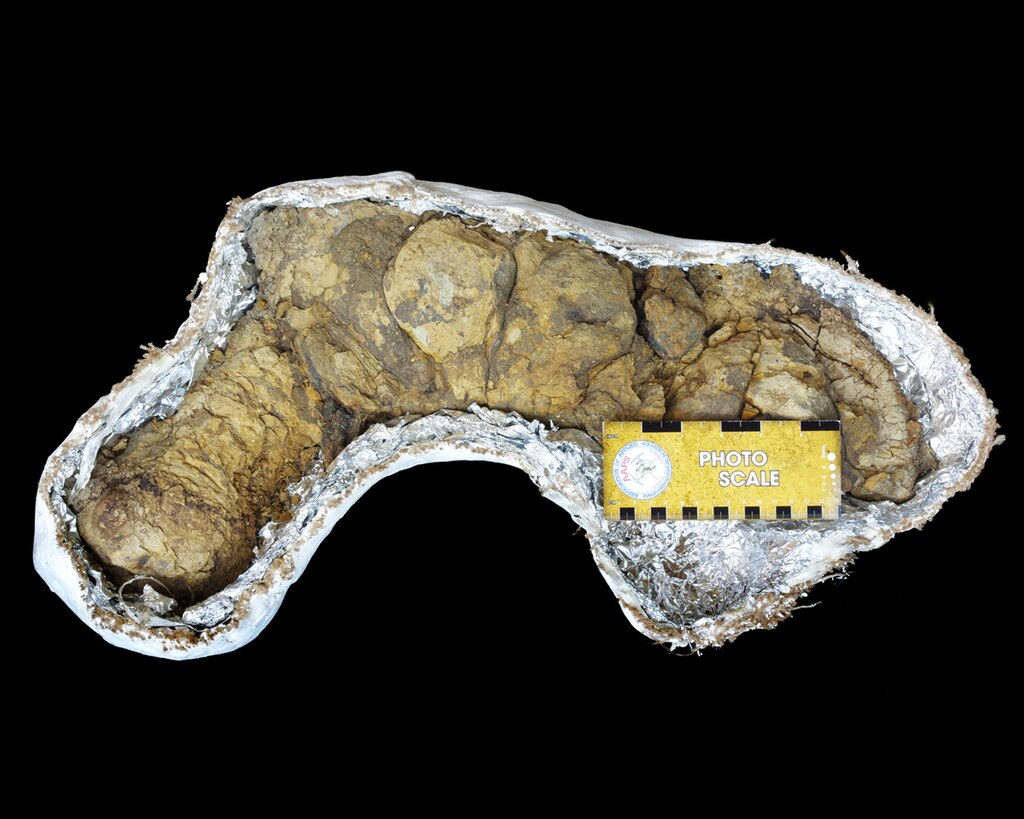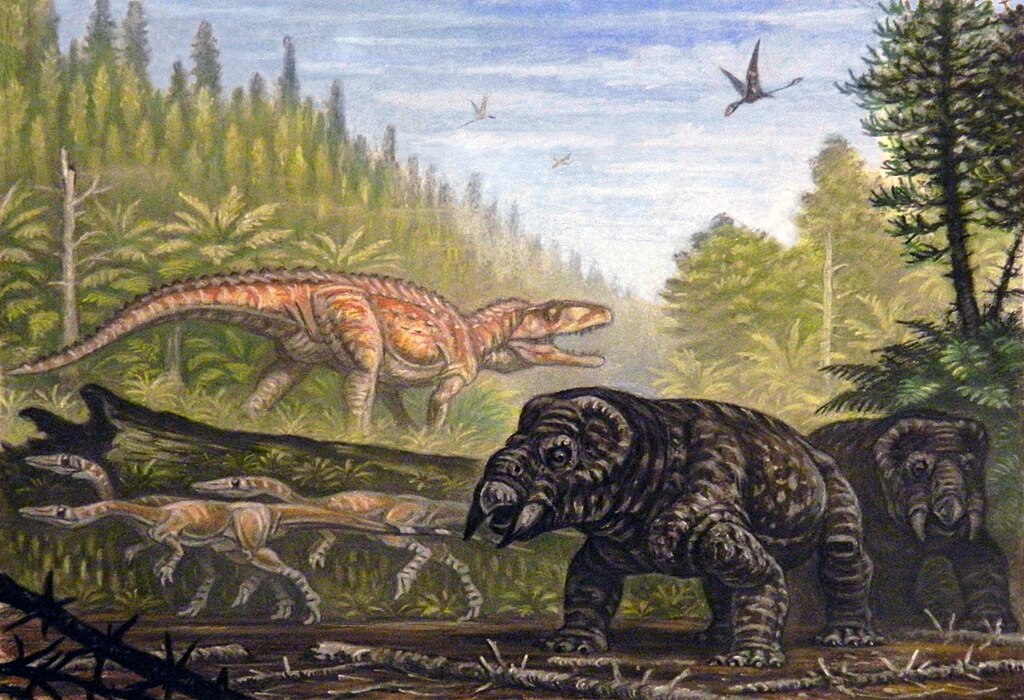The fusion of animation technology with paleontological research has revolutionized our understanding of how dinosaurs moved. For centuries, these magnificent prehistoric creatures existed only as static fossils in museum displays, leaving scientists to speculate about their movements and behaviors. Today, cutting-edge computer animation, biomechanical analysis, and comparative anatomy allow researchers to breathe life into dinosaurs, creating scientifically accurate representations of their gaits and movements. This fascinating intersection of art and science not only enhances our knowledge but also captivates audiences worldwide through documentaries and feature films, bringing us closer than ever to witnessing these extinct animals in motion.
The Evolution of Dinosaur Movement Studies
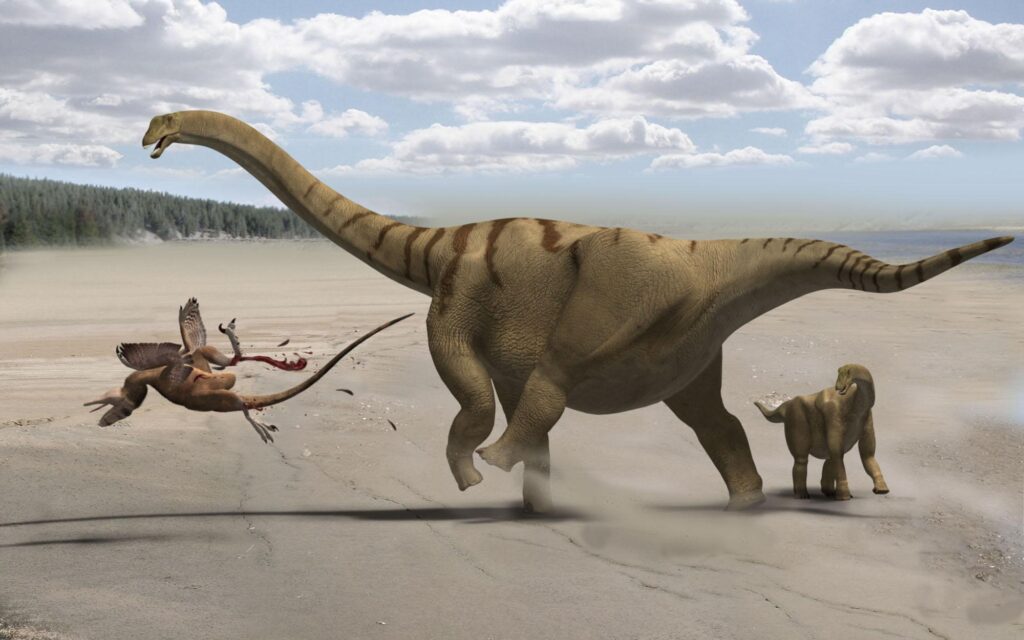
The journey to understanding dinosaur locomotion began in the 19th century with rudimentary sketches and static models based on limited fossil evidence. Early paleontologists like Richard Owen and Edward Drinker Cope made initial attempts to reconstruct dinosaur postures, often depicting them as lumbering, lizard-like creatures dragging their tails. The “Dinosaur Renaissance” of the 1960s and 1970s, spearheaded by paleontologists like John Ostrom and Robert Bakker, dramatically shifted these perceptions toward more active, dynamic interpretations. Their revolutionary work suggested that many dinosaurs were energetic, warm-blooded animals with upright postures and lifted tails. This paradigm shift set the stage for more sophisticated movement studies that would follow in subsequent decades, establishing the foundation for modern locomotion analysis techniques that combine fossil evidence with technological innovations.
Fossil Trackways: Nature’s Motion Capture
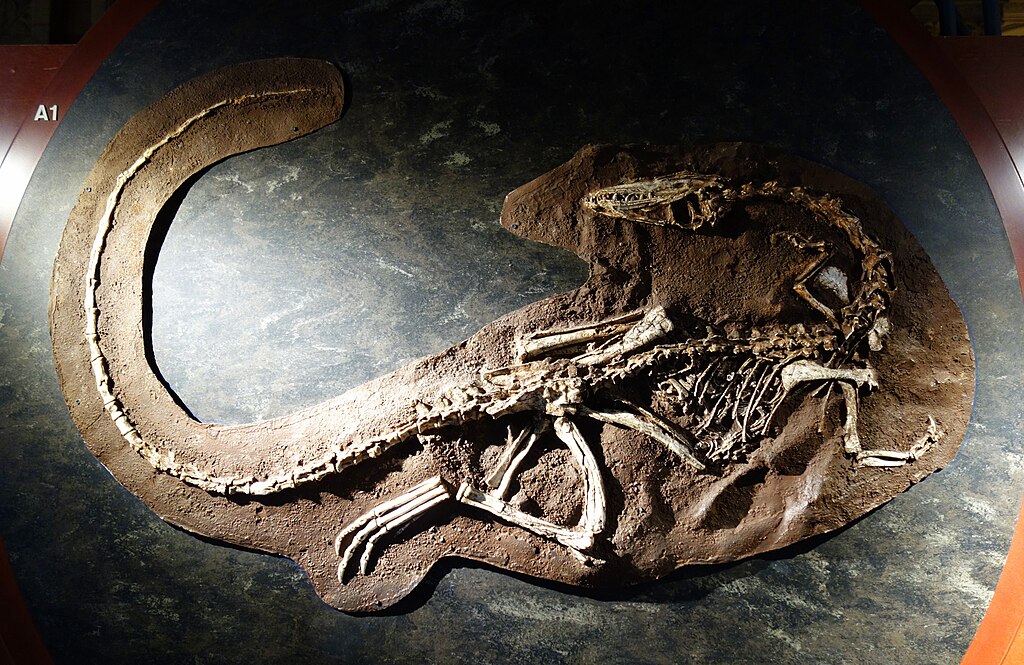
Dinosaur footprints represent one of the most valuable resources for understanding prehistoric movement patterns, serving as nature’s own version of motion capture technology. These preserved trackways provide direct evidence of how dinosaurs interacted with their environment, revealing stride length, foot placement, and even speed estimates. Particularly illuminating are sequences of consecutive footprints that show consistent patterns, allowing scientists to calculate key metrics such as hip height and gait characteristics. The famous Paluxy River tracks in Texas, for example, preserve evidence of both herbivorous and carnivorous dinosaurs moving across ancient mudflats, providing insights into their walking dynamics. By analyzing the depth and distribution of pressure within fossilized footprints, researchers can even determine weight distribution and identify whether a dinosaur was accelerating, decelerating, or maintaining a steady pace as it moved across prehistoric landscapes.
Comparative Anatomy and the Extant Phylogenetic Bracket
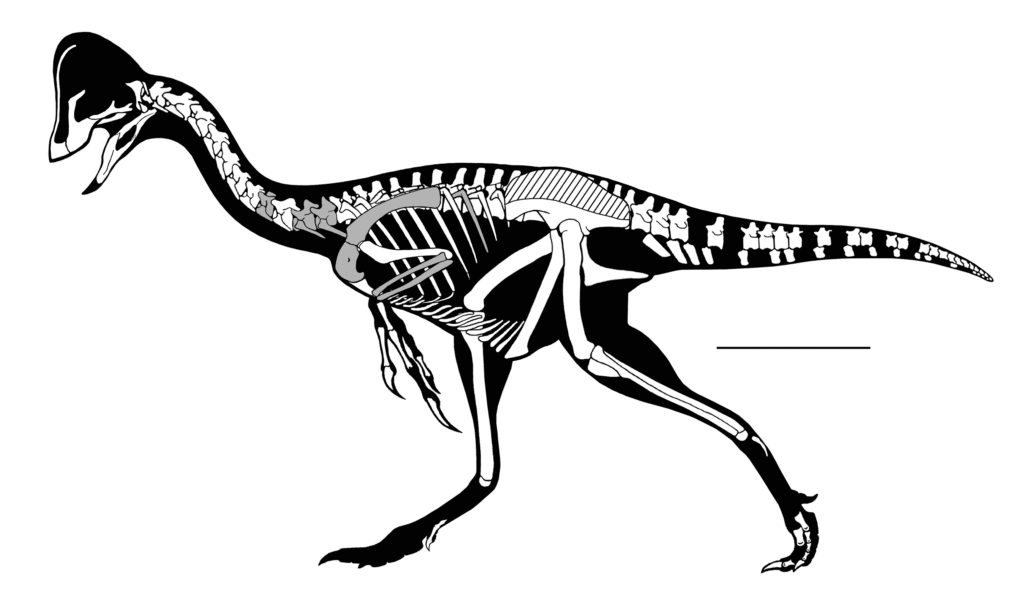
Modern animals provide crucial reference points for understanding extinct dinosaur movement through a methodology known as the Extant Phylogenetic Bracket (EPB). This approach examines dinosaurs’ closest living relatives—birds and crocodilians—to make informed inferences about soft tissues and movement capabilities that don’t fossilize. Scientists study the muscle attachment points on bones of living animals and compare them with similar features on dinosaur fossils to reconstruct musculature patterns and potential range of motion. For instance, the robust leg muscles of modern ratites like ostriches offer valuable insights into the locomotion of bipedal theropod dinosaurs. Sophisticated electromyography (EMG) studies of living animals walking and running provide data on which muscles activate during different movement phases, information that can be extrapolated to extinct dinosaur species with similar anatomical structures, creating a bridge between the present and the distant past that enhances the accuracy of movement reconstructions.
Biomechanical Engineering and Computer Modeling

Advanced engineering principles have transformed dinosaur locomotion studies through sophisticated computer modeling that treats skeletons as mechanical systems subject to physical laws. Engineers and paleontologists collaborate to create digital skeletal models with accurately simulated joints, muscle attachments, and ranges of motion based on fossil evidence and comparative anatomy. These models undergo rigorous stress testing using finite element analysis to determine how different gaits would affect bone loading and muscle strain, eliminating biomechanically impossible movement patterns. The University of Manchester’s pioneering work with Tyrannosaurus rex locomotion exemplifies this approach, where researchers created comprehensive musculoskeletal models to test hypotheses about running capabilities and maximum speeds. These simulations account for crucial factors like mass distribution, center of gravity, and joint torque limitations, producing movement reconstructions grounded in physical reality rather than speculation, significantly enhancing our understanding of how these extinct animals navigated their world.
The Role of Digital Animation in Scientific Visualization
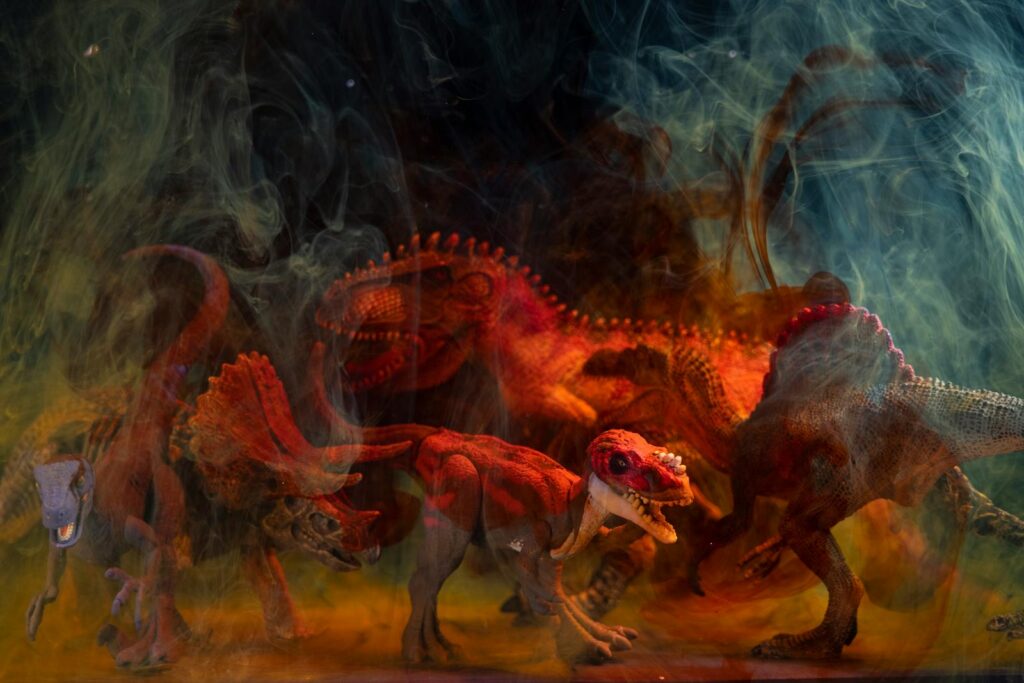
Digital animation has evolved from mere entertainment to become an essential scientific tool in paleontological research, creating dynamic visualizations of hypothesized movement patterns. Professional animators work alongside scientists to translate complex biomechanical data into fluid, realistic motion sequences that can be analyzed frame by frame for accuracy and plausibility. Modern animation software incorporates physics engines that simulate natural forces like gravity, momentum, and inertia, ensuring movements adhere to physical laws. The BBC’s landmark “Walking with Dinosaurs” series represented a watershed moment for this approach, employing rigorous scientific consultation to create animations that were both visually compelling and scientifically defensible. These visualizations serve dual purposes: they communicate complex scientific concepts to the public while simultaneously helping researchers identify potential flaws in their movement hypotheses that might not be apparent in static models or numerical data, creating a feedback loop that continuously refines our understanding of dinosaur locomotion.
Solving the Sauropod Mobility Puzzle

The enormous sauropods present particularly fascinating challenges for movement reconstruction due to their unprecedented size and unique body proportions. For decades, scientists debated whether these giants could support their immense weight on land, with early researchers suggesting they might have been primarily aquatic creatures. Modern biomechanical analysis has conclusively demonstrated that sauropods were fully terrestrial, with specialized skeletal adaptations including honeycomb-structured vertebrae that reduced weight while maintaining strength. Computer simulations reveal that their columnar limbs functioned similarly to those of modern elephants, though with distinctive differences in joint articulation and stride patterns. Particularly illuminating has been the analysis of sauropod neck biomechanics, resolving long-standing controversies about posture and mobility. Using animation techniques that model the complex interplay between vertebral joints, researchers have demonstrated that contrary to earlier depictions of high-held necks, many sauropods likely maintained more horizontal neck postures for efficient feeding, illustrating how animation technology continues to reshape our understanding of these remarkable animals.
Theropod Running Capabilities: Facts and Fiction

Popular media has often portrayed large theropods like Tyrannosaurus rex as capable of high-speed pursuit, but scientific animation based on biomechanical analysis has led to significant revisions of these assumptions. Sophisticated models incorporating muscle mass estimates, leg proportions, and center of mass calculations suggest that T. rex likely had a maximum speed of 12-17 mph (19-27 km/h)—impressive for its size but significantly slower than popular depictions. Smaller theropods, with their more favorable strength-to-weight ratios, could achieve considerably higher speeds, as demonstrated by detailed animations of Velociraptor locomotion showing potential speeds of up to 24 mph (39 km/h). Scientists have identified a critical “body size threshold” beyond which running becomes biomechanically unfeasible due to skeletal stress limitations, changing our understanding of predator-prey dynamics in dinosaur ecosystems. These findings, visualized through scientifically accurate animations, have helped correct common misconceptions perpetuated by entertainment media, demonstrating how movement analysis contributes to a more accurate portrait of prehistoric life.
Tail Dynamics and Balance Systems

Dinosaur tails played crucial roles in locomotion beyond their traditional portrayal as passive counterbalances, serving as dynamic stabilizers and movement enhancers that sophisticated animations now accurately portray. Computer models reveal that theropod tails functioned as active inertial stabilizers during rapid direction changes, with musculature allowing controlled tail movements that maintained balance during high-speed maneuvers. For quadrupedal dinosaurs like Stegosaurus, animations demonstrate how tail positioning affected weight distribution and turning radius, with surprising implications for mobility and defensive capabilities. Particularly revolutionary has been the analysis of dromaeosaurid “raptor” tails, where specialized vertebral rods created exceptionally stiff structures that functioned as dynamic stabilizing rudders during predatory lunges. By incorporating accurate tail dynamics into full-body movement animations, scientists have gained new insights into hunting techniques, escape behaviors, and even mating displays that would be impossible to discern from static skeletal reconstructions alone, highlighting the value of animation as an analytical tool rather than merely a visualization technique.
Motion Capture and Living Analogues

Modern motion capture technology has revolutionized dinosaur movement reconstruction by allowing detailed analysis of living animals that share anatomical similarities with extinct species. Researchers attach reflective markers to birds, crocodiles, and other reptiles to capture precise joint movements, muscle activations, and movement patterns that can be mapped onto dinosaur skeletons. The Royal Veterinary College’s groundbreaking work with running guineafowl has provided valuable data for understanding theropod locomotion, revealing subtle weight shifts and joint rotations that occur during different gaits. These studies have been particularly valuable for understanding the evolution of avian flight, with motion capture of ground-running birds providing insights into how non-avian dinosaurs may have developed wing-assisted movements that eventually led to true flight. The resulting animations represent a hybrid of direct observation and extrapolation, grounded in the actual physics of living animals while accounting for the anatomical differences present in extinct forms, creating movement reconstructions with unprecedented biological fidelity.
Energetics and Metabolic Considerations
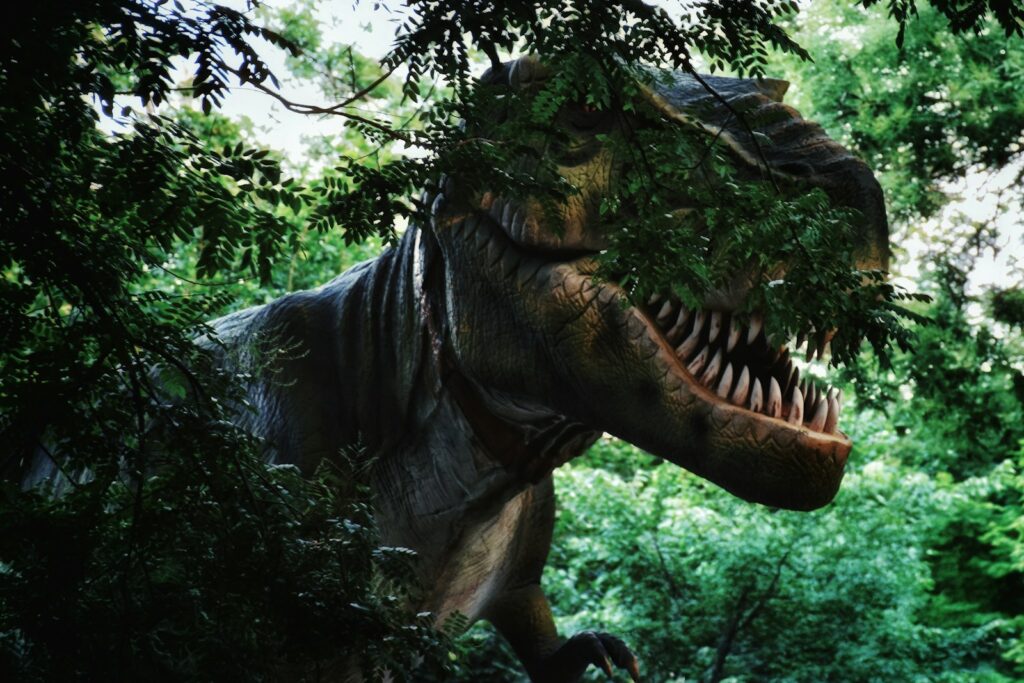
Understanding dinosaur movement requires more than mechanical analysis—it demands consideration of the metabolic costs associated with different locomotion strategies. Advanced animation systems now incorporate metabolic algorithms that estimate energy expenditure based on muscle mass, activation patterns, and movement efficiency. These calculations help determine which gaits would have been sustainable for different durations, distinguishing between everyday locomotion and short-burst activities like hunting or escape. Research combining animation with metabolic modeling has challenged long-held assumptions about dinosaur behavior, suggesting that many large predators relied more on ambush tactics than prolonged pursuit due to unfavorable energy economics. For massive sauropods, these analyses reveal remarkable locomotion efficiency, with their columnar limbs and passive weight-supporting adaptations minimizing energy costs despite their enormous size. By visualizing not just how dinosaurs could move but how they likely moved based on energy optimization, these advanced animations provide a more nuanced understanding of prehistoric behavior patterns and ecological relationships, moving beyond simple mechanical possibility to biological probability.
Integrating Multiple Lines of Evidence
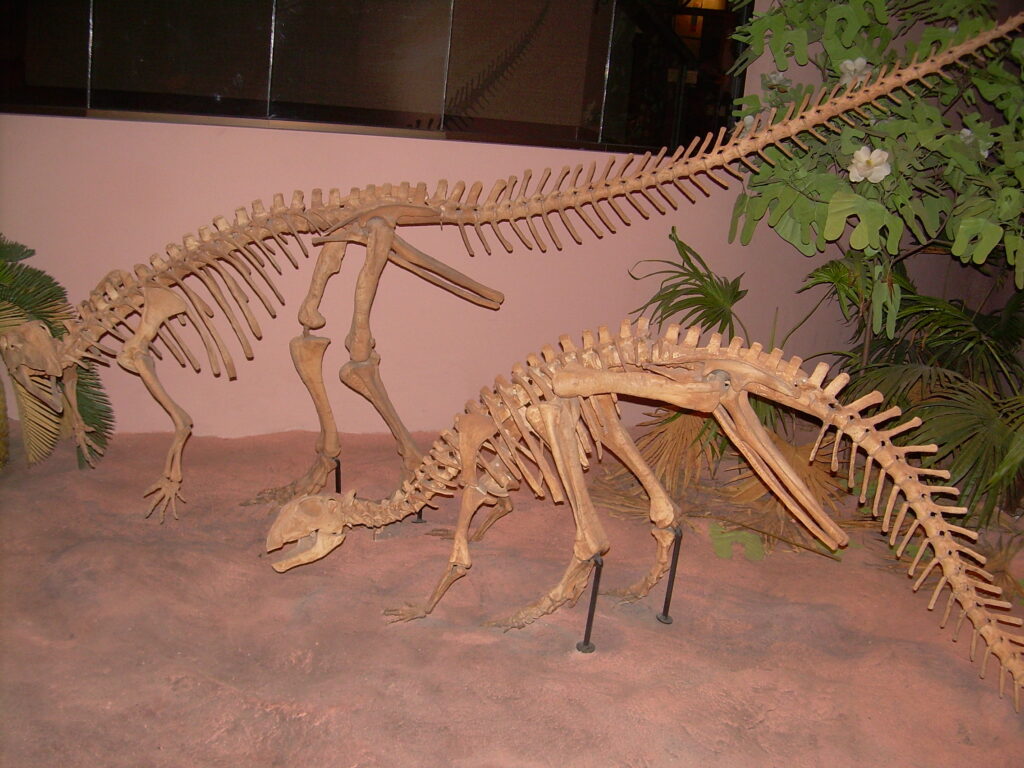
The most compelling dinosaur movement reconstructions emerge from animations that synthesize multiple lines of evidence rather than relying on any single data source. Modern paleontological animation teams integrate fossil evidence, comparative anatomy, biomechanical principles, and trackway data into unified models that must satisfy all constraints simultaneously. This holistic approach has resolved numerous controversies, such as the ongoing debate about Tyrannosaurus posture, where animations incorporating vertebral articulation limits, muscle leverage calculations, and center of mass positioning have converged on a more horizontally-balanced posture than either the outdated tail-dragging models or the excessively upright interpretations. The “Walking with Dinosaurs: The Arena Spectacular” production exemplifies this integrated approach, with its life-sized animated dinosaur models developed through collaboration between engineers, paleontologists, and computer animators to create movements that satisfy all known constraints. When multiple independent lines of evidence converge on similar movement patterns, scientists gain confidence in their reconstructions, creating a feedback loop where animation serves not just to illustrate conclusions but to test and refine hypotheses about prehistoric movement.
Technological Frontiers: AI and Machine Learning

The cutting edge of dinosaur locomotion research now incorporates artificial intelligence and machine learning algorithms that can generate and optimize movement patterns based on skeletal constraints and physical laws. These systems can rapidly test thousands of potential movement variations to identify those that maximize stability, efficiency, and compatibility with fossil evidence. Particularly promising is the application of evolutionary algorithms that mimic natural selection processes, starting with multiple possible movement patterns and iteratively refining them based on fitness criteria like energy efficiency and skeletal stress minimization. The Digital Life Project at the University of Massachusetts has pioneered this approach, developing AI systems that learn from motion capture data of living animals and apply those principles to extinct forms while accounting for anatomical differences. These technologies enable exploration of movement possibilities that human analysts might overlook, sometimes revealing surprising locomotion strategies that prove biomechanically superior to conventional interpretations. As these systems become more sophisticated, incorporating deeper physiological parameters and environmental interactions, they promise to further revolutionize our understanding of how dinosaurs navigated their prehistoric world.
From Science to Screen: Educational Impact
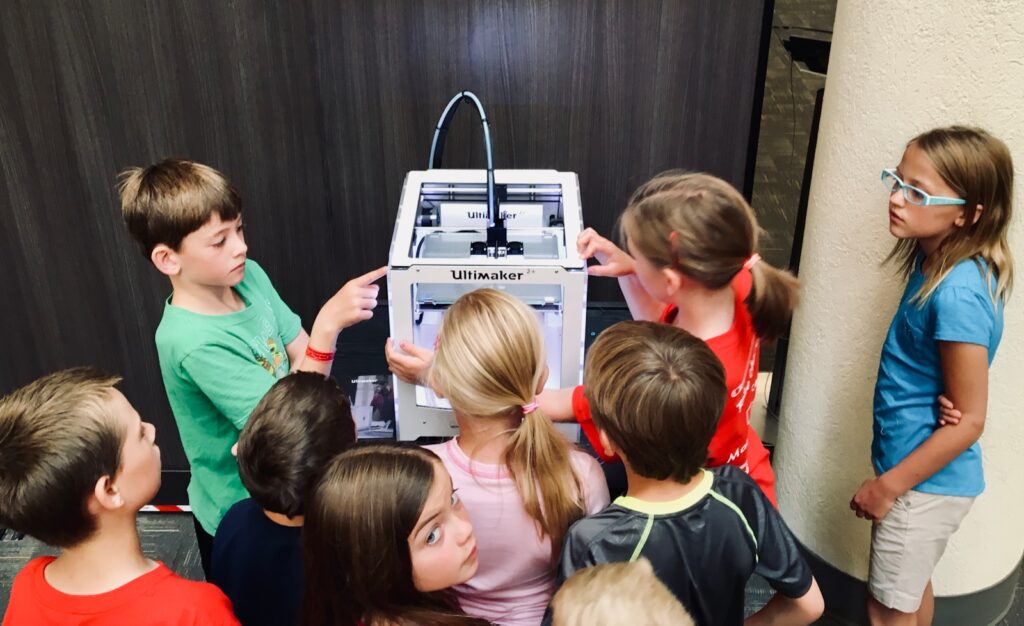
The scientific advances in dinosaur locomotion reconstruction have profoundly influenced public understanding through documentaries, museum exhibits, and feature films that incorporate increasingly accurate movement animations. Unlike the stiff, awkward dinosaurs of early films, modern media representations reflect current scientific understanding, with productions like “Prehistoric Planet” consulting leading paleontologists to ensure movement accuracy. Interactive museum exhibits now feature animation stations where visitors can manipulate variables like speed and terrain to observe how dinosaur gaits would adapt, making complex biomechanical concepts accessible to general audiences. Educational institutions have embraced these technologies for classroom use, with programs that allow students to build and test their own dinosaur locomotion models based on scientific principles. Even Hollywood blockbusters have been influenced by these advances, with films like “Jurassic World: Dominion” consulting with movement specialists to incorporate more accurate portrayals despite taking creative liberties. This translation of research into widely accessible visual media represents one of the most successful examples of science communication, bridging the gap between specialized academic knowledge and public engagement with paleontology.
Conclusion
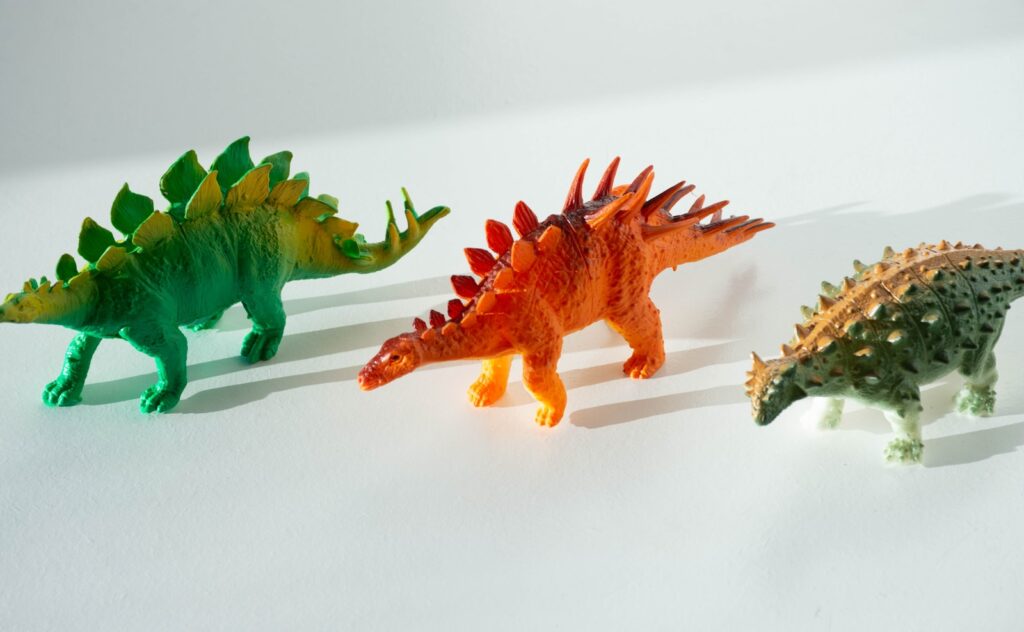
The reconstruction of dinosaur movement represents one of the most successful intersections of art and science in modern paleontology. By combining rigorous anatomical research with advanced animation technologies, researchers have transformed our understanding of how these magnificent creatures inhabited their world. What began as speculative sketches has evolved into sophisticated biomechanical models that breathe life into ancient bones. As technology continues to advance, particularly in the realms of artificial intelligence and virtual reality, our ability to reconstruct prehistoric movement will only become more refined and comprehensive. This ongoing revolution in dinosaur locomotion studies reminds us that paleontology is not merely about collecting fossils but about reconstructing entire living systems—a pursuit that continues to reveal new insights into Earth’s remarkable evolutionary history and captivate the imagination of scientists and the public alike.


